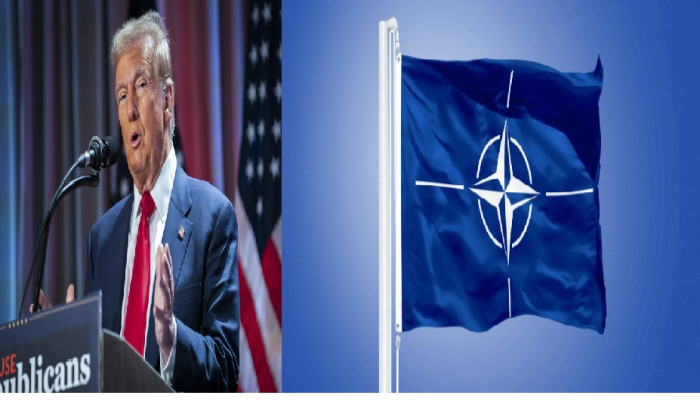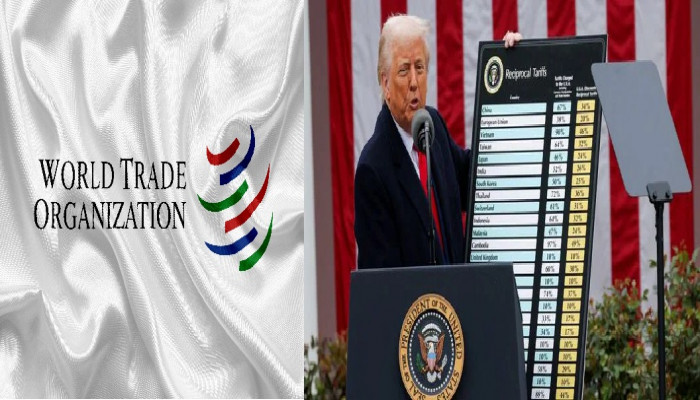US approves $1.17 billion sale of MH-60R seahawk helicopter support to India
- In Reports
- 03:19 PM, Dec 03, 2024
- Myind Staff
The US State Department has approved a significant sale of equipment and follow-on support for MH-60R Seahawk helicopters to India. The deal, valued at an estimated $1.17 billion, was announced by the Pentagon on Monday, with Lockheed Martin named as the principal contractor.
The MH-60R Seahawk helicopters, designed and built to U.S. Navy specifications, are regarded as one of the most advanced maritime helicopters in the world. Lockheed Martin’s Performance-Based Logistics program, which underpins the support for U.S. Navy MH-60R helicopters, ensures a 95% flight readiness and availability rate, a standard unmatched by other helicopters in its class.
The MH-60R Seahawk is equipped with advanced digital sensors, including multi-mode radar, electronic support measures systems, dipping sonar and sonobuoys, making it a key asset in anti-submarine warfare (ASW). Additionally, its electro-optical/infrared cameras, datalinks and aircraft survivability systems enhance its capabilities in anti-surface warfare (ASuW).
Integrated mission systems on the MH-60R enable crews to process sensor data into actionable intelligence, providing a comprehensive situational picture of oceanic and sub-oceanic environments. This capability allows operators to track, target, and engage ships and submarines with precision.
The Seahawk is armed with a range of weaponry, including torpedoes, air-to-ground missiles, rockets and crew-served guns, further solidifying its role as a versatile combat platform. Continuous upgrades to its aircraft and sensors, along with a robust sustainment program, ensure the helicopter’s unmatched mission capability and operational availability.
This deal marks a significant boost for India’s maritime security, strengthening its ability to counter regional threats. It also highlights the deepening defence ties between India and the US, showcasing the mutual commitment to enhancing strategic and operational cooperation.



























Comments